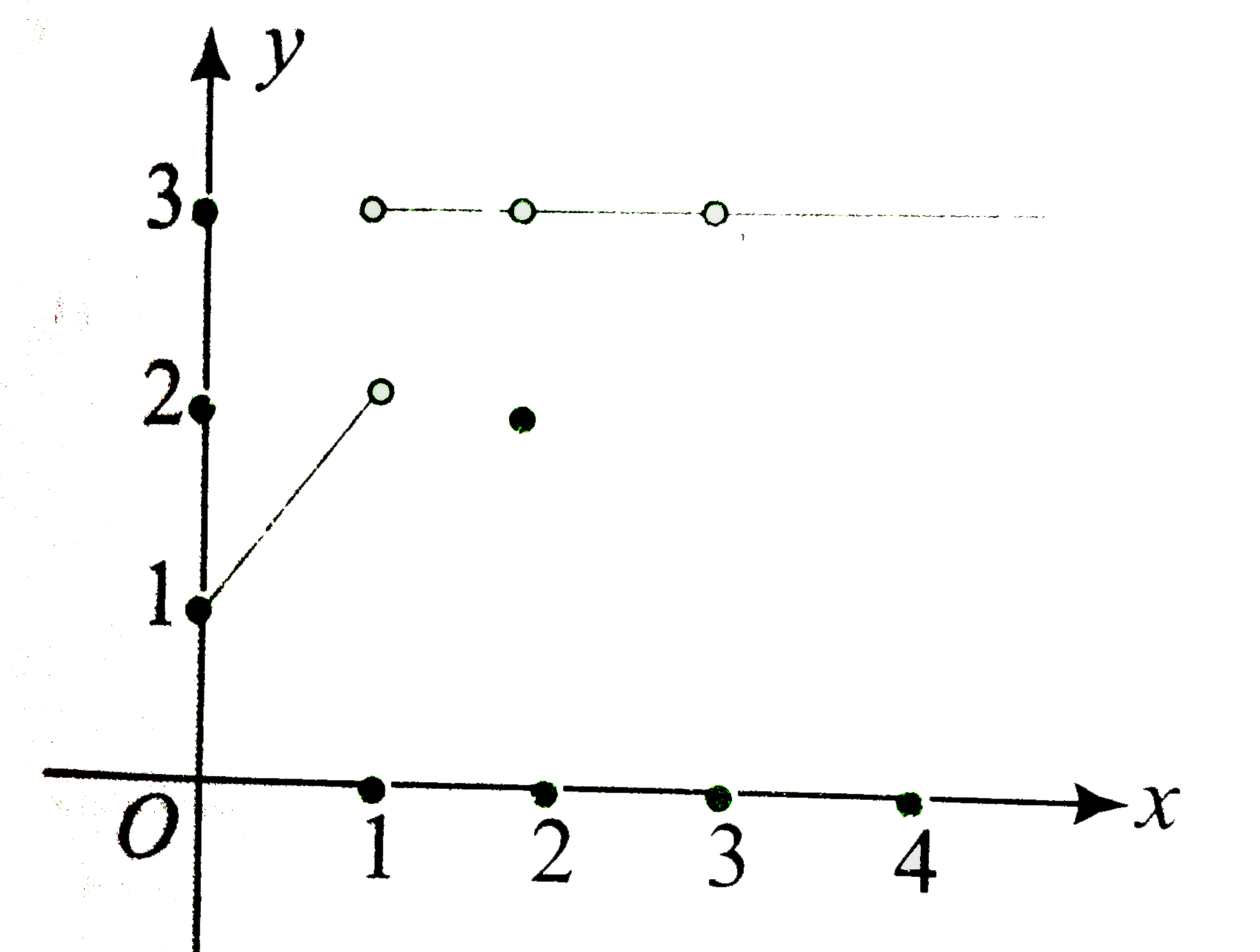Let f(x)=1−x(1+|1−x|)|1−x|cos(11−x) for x≠1. Then: (A)(lim)n→1−f(x) does not exist (B)(lim)n→1+f(x) does not exist (C)(lim)n→1−f(x)=0 (D)(lim)n→1+f(x)=0
Step by step video & image solution for Let f(x)=(1-x(1+|1-x|))/(|1-x|)cos(1/(1-x)) for x!=1. Then: (A)(lim)_(n->1^-)f(x) does not exist (B)(lim)_(n->1^+)f(x) does not exist (C)(lim)_(n->1^-)f(x)=0 (D)(lim)_(n->1^+)f(x)=0 by Maths experts to help you in doubts & scoring excellent marks in Class 12 exams.
Updated on:21/07/2023Similar Questions
Knowledge Check
Statement 1: If limx→0{f(x)+sinxx} does not exist then limx→0f(x) does not exist.
Statement 2: limx→0(e1/x−1e1/x+1) does not exist.AStatement 1 is true, Statement 2 is true, Statement 2 is correct explanation for statement 1.BStatement 1 is true, Statement 2 is true, Statement 2 is not the correct explanation for statement 1.CStatement 1 is true, Statement 2 is falseDStatement 1 is false, Statement 2 is true
If f(x)=xsin(1x),x≠0 then limx→0f(x)= a. 1 b . -1 c. 0 d. does not exist
View SolutionLet f(x)=limn→∞1−xn1+xn. Then
View SolutionWhich of the following statement(s) is (are) INCORRECT ?. (A) If limx→cf(x)andlimx→cg(x) both does not exist then limx→cf(g(x)) also does not exist.(B) If limx→cf(x)andlimx→cg(x) both does not exist then limx→cf'(g(x)) also does not exist.(C) If limx→cf(x) exists and limx→cg(x) does not exist then limx→cg(f(x)) does not exist. (D) If limx→cf(x)andlimx→cg(x) both exist then limx→cf(g(x))andlimx→cg(f(x)) also exist.
View SolutionLet f(x)=(lim)n→∞2x2nsin1x+x1+x2n then find : (lim)x→−∞f(x)
View SolutionLetf(x)={x+1, ifx≥0x−1, ifx<0.Then prove thatlimx→0f(x) does not exist.
View SolutionLet f(x)=sin−1(1−{x})⋅cos−1(1−{x})√2{x}(1−{x}), then find limx→0+f(x)andlimx→0−f(x).
View SolutionLet f(x)=cos(xcos(1x)) Statement-1 : f(x) is discontinuous at x=0. Statement-2: Lim−(x→0)f(x) does not exist.
View Solution

